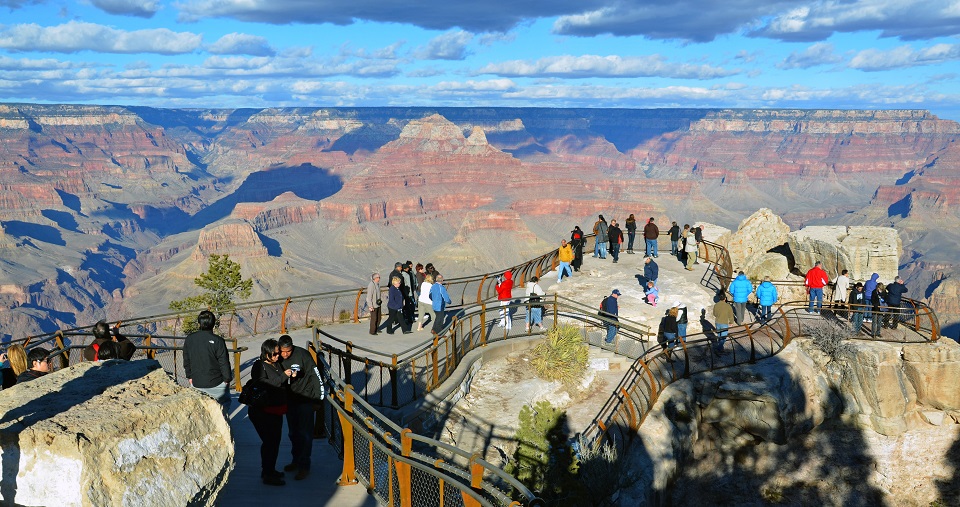Teacher blogs: I have utilized this blog as a vehicle to share what I did in the classroom in regards to technology integration. I shared it via Twitter, and with job applications. Back in the day, I had a good following, but once I quite posting and sharing, that fell off. Understandably. My goal was just to share as much as possible the things I helped teachers with and did myself in the classroom.
The platform I use is Blogger, and having used it for so many years, it is really easy for me to use. One downside is I included a lot of pictures from my Google Drive, and since I left that position, the pictures no longer appear. For me, this Teacher blog will be my vehicle for sharing what I do with the world. I don't plan on using it for students to read/learn from in regard to our class curriculum.
Class Discussion blogs: In the past, I usually used discussion threads in Moodle, which would be similar to the discussion threads available in BlackBoard. Students could comment on each other, and I could easily see what they wrote. It was very nice for me to be able to see what everyone posted in one place, and have control over deleting comments if necessary - which I rarely had to do. It was a safe space and I didn't have to worry about things being shared outside the classroom.
Student blogs: While I never had a student blog in my own classroom, I assisted many other teachers in creating them for their classrooms. At two schools, I helped the Language Arts teachers and students set up individual Blogger blogs where they posted all their writing. The idea was the student could write, revise, share, comment etc with their classmates. They could customize them and add photos as well. Which is where we ran into some problems with students putting full names and photos on their blogs. It was a very challenging situation to manage, and I think that turned me off to student blogs. We then used KidBlog, which at the time was free, to help keep the blog posts in the classroom, yet still allow for students to comment on each others.
That format seemed to work much better for privacy purposes. I guess privacy, managing student sharing and commenting, and the general challenge of keeping track of all of this are the reasons I have not used Student blogs in my own classroom. Using BlackBoard for student blog posts is a halfway point I could explore. As I learn more about using BlackBoard, I will have to keep this in mind.





















